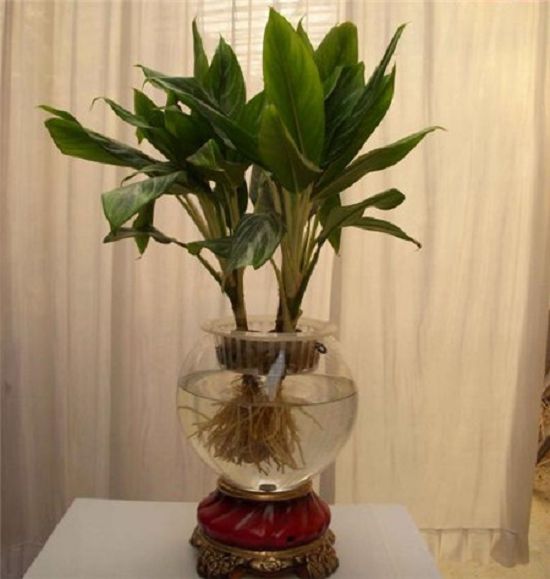Post-the Beginning of Autumn Flower Management skills
As the old saying goes: on the 18th of the Beginning of Autumn, every inch of grass will bear seeds, that is to say, after the Beginning of Autumn, all plants in nature will seed and end their lives. This solar term is also very important for flower growers. Many flowers need to strengthen fertilizer and water management, cut and maintain in autumn, so as to enhance the stress resistance of plants. For example, the soon-to-bloom sweet-scented osmanthus will add some fertilizer and water containing phosphorus and potash, and it will blossom in September; the plum blossom that blossoms in winter will go through deducting water to promote the transformation of leaf buds into flower buds, and the flower buds will be strengthened by increasing the application of phosphorus and potash fertilizers. and to protect the leaves from falling off; and orchids should maintain the humidity of the air, prevent autumn dryness, and increase the application of fertilizers containing more phosphorus and potash to promote the growth of Chunlan and Chunhui flower buds. (for example, Chunlan just saw the bud to promote its growth.) Chinese wolfberry should be pruned properly to make the autumn flowers bloom and bear fruit. The early chrysanthemum in the chrysanthemum has big buds, and the big chrysanthemum should also be thinned and crossed, and so on. Therefore, there are still a lot of things about flower management after the Beginning of Autumn.
irrigation
Irrigation should be carried out early and late, avoid irrigation at high temperature at noon, and avoid cold water with large temperature difference. It can be irrigated on the ground, or it can be cooled by foliar spraying.
Shade
Continue to shade the flower seedlings of Xiyin to prevent sunburn, such as tortoise back bamboo, rhododendron, asparagus, ferns, orchids and so on.
Reproduction
(1) sowing seeds. The woody flowers that can be sown are peony, Luohansong, etc., and the seeds can be sown as they are picked; the plants and flowers that can be sown are petunia, goldfish grass, dry golden lotus, calendula and so on.
(2) cutting. Herbaceous flowers that can be propagated by cuttings are vanilla, Scutellaria barbata, geranium, etc., while woody flowers suitable for cutting propagation are Pueraria lobata, Milan, rhododendron, camellias, Luohansong and so on.
(3) grafting. Using purple magnolia and white magnolia as rootstocks, budding two Arbor Magnolia; using hairy peach as rootstock, grafting blue peach, purple leaf peach, red leaf plum; green maple as rootstock, red maple and feather maple; wild rose as rootstock, grafting modern rose and so on.
(4) pressing strip. The flowers and trees that can be reproduced by pressing are: wax plum, Lingxiao, sweet-scented osmanthus, purple magnolia, red maple and so on.
(5) ramet. The flowers that can be propagated are: auspicious grass, hairpin, umbrella grass, iris, calamus, kidney fern and so on.
Fertilizer and water management
For flowers with exuberant growth, fertilizer should be applied every half a month, and appropriate amount of phosphorus and potassium fertilizer should be applied to those flowers that are blooming.
Pruning and picking buds
The hedges such as Hongji wood, golden leaf privet and French holly should be pruned in time; for flowers such as rose, crape myrtle, Milan, jasmine, etc., the stump should be cut off and shrunk properly, and the branches of diseases and insect pests and weak branches should be cut off to promote their germinating new branches to blossom again.
Seed collection
The woody flower seeds that can be harvested are peony, Luohansong, Chimonanthus and so on. Herbaceous flower seeds that can be harvested are: peony, Scutellaria barbata, impatiens, morning glory and so on.
Related
- What if the leaves of potted flowers turn yellow?
- Florescence Control of several Flowers
- Anti-freezing technology and post-freezing nursing technology of flowers
- What is the classification of flowers? What are the common methods of flower classification?
- Prevention and control of alkali and acid damage of flowers in courtyard
- Technology of Anti-freezing and restoring growth of Flower seedlings in greenhouse and greenhouse
- How does flower fertilization not hurt the root? Fertilization technology of flowers
- Key points of disinfection in flower greenhouse
- Several pesticides that are banned or used cautiously in flowers
- How to fertilize the flowers that watch the leaves?



